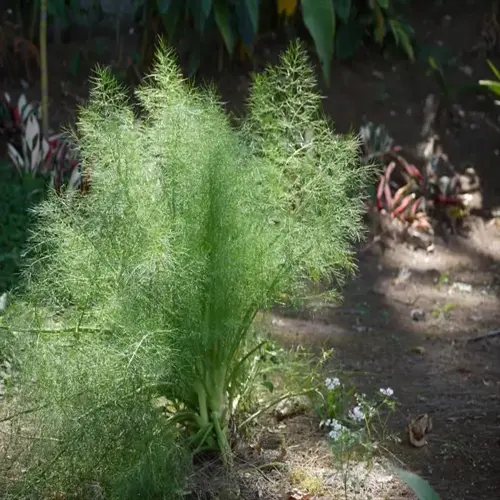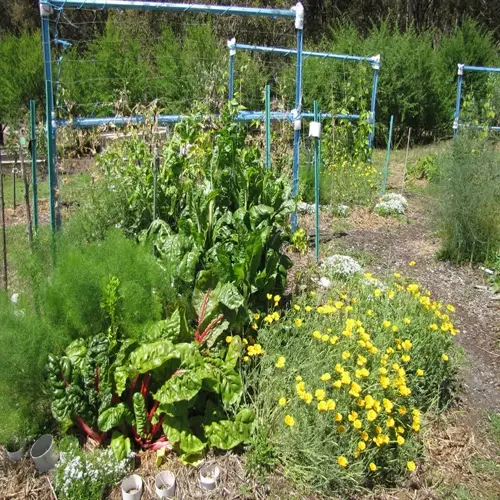Should I remove cilantro flowers?

Written by
Kiana Okafor
Reviewed by
Prof. Martin Thorne, Ph.D.Whether to remove cilantro flowers ultimately falls on your purpose for growing the plant. If you want to focus on producing the leaf, clip the flowers immediately. The flowers are a sign that the plant is bolting, which marks the end of the mother plant's leaf production. If you are growing for seed, let flower development continue. I do both in my garden each year, and I have sections dedicated to each.
Leaf Production Priority
- Pinch flowers at first bud appearance
- Focus energy on foliage not reproduction
- Extends harvest by 2-3 weeks
Seed Harvest Priority
- Allow full flower development
- Attracts beneficial pollinators like bees
- Produces coriander seeds in 30 days
Balanced Approach
- Remove early flowers then let later ones develop
- Harvest some leaves while collecting seeds
- Requires careful timing and observation
The correct flower removal method maintains plant health. If you choose to cut off flowers, use sterilized scissors and cut the stalks at their base. Do not tear or pull, as this can damage the stems. Also, remove flowers early in the morning when the plant is hydrated. Afterward, I will apply ¼ diluted seaweed extract to minimize stress. Plants must be monitored closely to check for new flower growth.
Leaving flowering plants provides environmental advantages. The small, white flowers attract bees, butterflies, and beneficial insects. The pollinators help the value of your total garden. The cilantro flowers offer lovely edible garnish options. Consider dedicating a few plants exclusively to pollination.
Timeline
- Flowers appear 5-6 weeks after planting
- Seeds develop 30 days post-flowering
- Harvest when seeds turn brown and rattle
Technique
- Cut entire seed heads with stems attached
- Dry upside-down in paper bags
- Thresh gently to release mature seeds
Temperature plays a huge role in your decision-making process. In cooler weather <70°F, the flower removal process is useful in extending the harvest of leaves for longer periods of time. In hotter weather (above 75°F), the plants will bolt quickly, diminishing the benefit of removal. For a warmer climate, pick slow-bolt varieties. Modify your removal habits according to the daily temperature.
Try out a few approaches to discover what works for your optimum balance. Record the results in any garden journal format; determine if a different approach yields better results. Most gardeners typically prefer assigning specific plants to leaves and particular plants to seeds, allowing you to have fresh cilantro and homegrown coriander.
Read the full article: How to Grow Cilantro: Ultimate Beginner Guide

